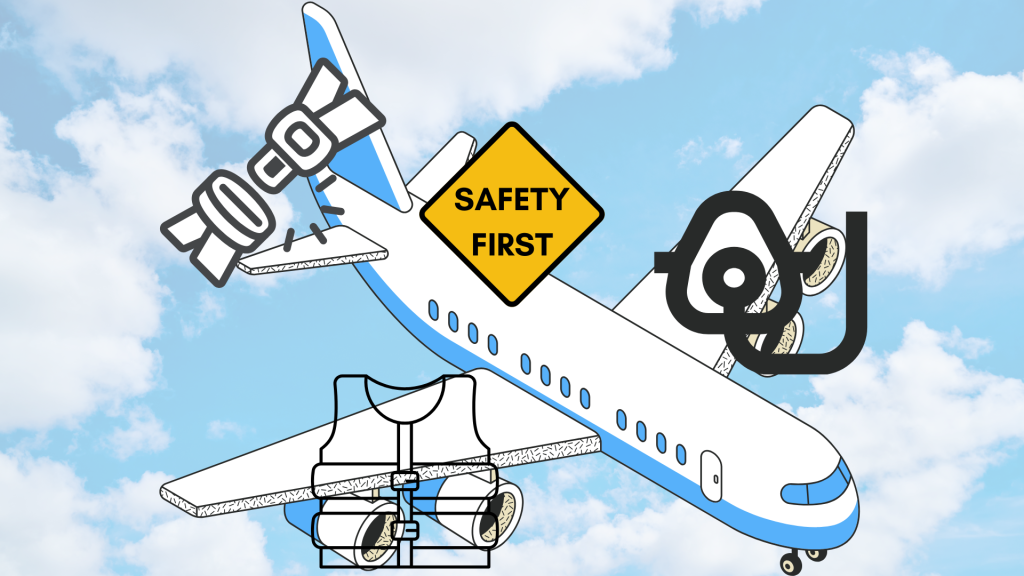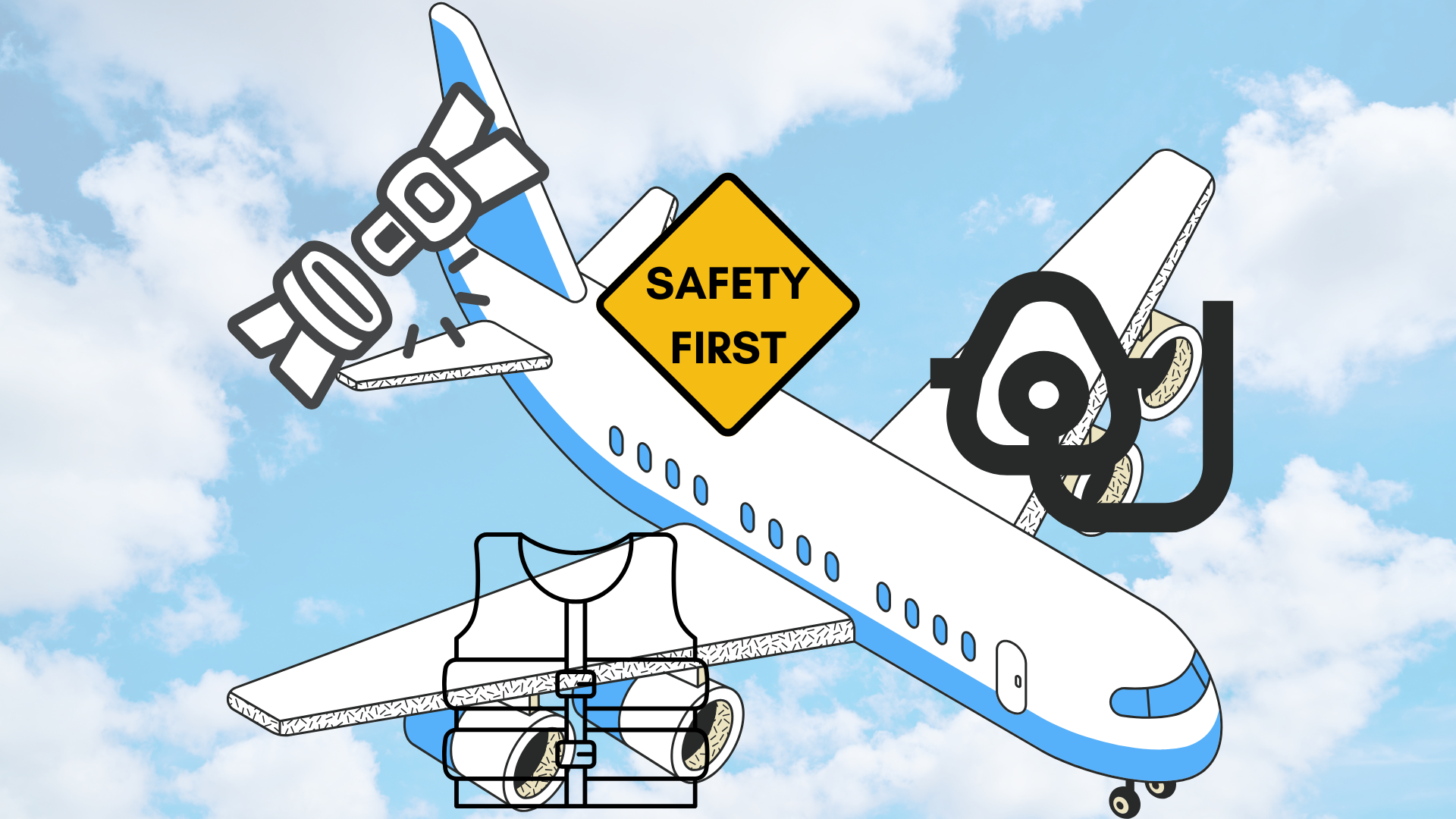
On any given day, the airspace around Washington, D.C. is one of the busiest in the country.
Sometimes, busy means fatal.
On Wednesday, Jan. 29, 2025, many Americans living in the D.C. metro area were settling down for the night when news broke that two planes had collided over the Potomac River, a mile from Ronald Reagan National Airport.
While on final approach, an American Eagle Bombardier CRJ collided with a U.S. Army Sikorsky UH-60L helicopter, resulting in the deaths of all 64 passengers aboard the CRJ and three Army crewmembers.
With an average of 800 takeoffs and landings per day, the main runway at Reagan National is the busiest runway in the country. The D.C. airspace sees flights taking off from not only Reagan National but Dulles International to the west in Chantilly, Virginia; Baltimore/Washington International Thurgood Marshall Airport to the north; and Andrews Air Force Base to the east. This traffic, coupled with the restricted flight zone around Washington D.C.— established after 9/11, preventing planes from flying over the White House—resulted in both the Army helicopter and CRJ flying on the same flight path.
What resulted was the deadliest plane crash in U.S. history since 2009, when fifty people were killed in a Buffalo plane crash.
Trump, DEI, and the FAA
Nine days prior to the collision in D.C., Donald Trump was sworn in as the 47th president of the United States. The very same day, Michael Whitaker, head of the Federal Aviation Administration (FAA), resigned from his post. Whitaker had previously clashed with Elon Musk over the FAA’s oversight of SpaceX, with Musk posting on X in September 2024 that Whitaker “needed to resign” after the FAA levied fines against SpaceX for launching uncrewed missions without FAA clearance and other violations. It was not until Thursday, Jan. 30, the day after the accident in D.C., that a new head of the FAA was appointed.
Controversy arose when in his first press conference after the accident, Trump implied that diversity, equity, and inclusion programs (DEI) could be to blame for the crash. When pressed by reporters about if he was getting ahead of the investigation by blaming DEI efforts, Trump responded, “I have common sense.” This came only a week after the administration executed “Keeping Americans Safe in Aviation,” an executive order which rolled back DEI protections in the FAA, stating that it “harms all Americans, who deserve to fly with confidence.” Many pilots argue that there is no evidence that DEI is the cause of safety issues within the aviation industry, despite Trump’s claims, which were backed up by Secretary of Defense Pete Hegseth and Secretary of Transportation Sean Duffy. According to the Bureau of Labor Statistics, DEI hires—defined here as women, African Americans, Asian Americans, and Latinos—make up roughly 25 percent of employed pilots (statistics that do not support Trump’s claims of DEI being the reason behind aviation safety issues). That has not stopped the accusations from rolling in. Following an incident where a wheel fell off a Boeing 757 taking off at Atlanta’s Hartsfield-Jackson International Airport in January 2024, Donald Trump Jr. posted on X, “I’m sure this has nothing to do with mandated Diversity Equity and Inclusion practices in the airline industry!!! Wheels don’t just fall off planes without gross incompetence in the equation!”
The truth remains that until Jan. 29, 2025, there had not been a fatal commercial crash in the United States for sixteen years. Is it simply a coincidence that the Potomac River crash occurred only nine days after the head of the FAA resigned, leaving the aviation industry in political limbo, or is air travel becoming unsafe?
Safety and the Future
Air travel is still safe.
At least, that is what the experts are saying.
That has not stopped the declining confidence in air travel. According to a poll conducted by the Associated Press in February 2025, 63 percent of Americans deem planes to be safe, down from 71 percent in January 2024. While not a significant drop, after the D.C. crash, the Philadelphia crash two days later resulting in the deaths of six people, the crash in Toronto that ended with the Delta Bombardier CRJ upside down, and an incident at Denver International Airport where an engine caught fire on an American Airlines 737, uncertainty regarding air safety surrounds the American public.
The aircraft themselves have not changed; FAA requirements are some of the strictest in the world. Thomas Higgins, a mechanic for a top corporate jet company, said, “For an aircraft to be deemed airworthy, it must meet the specifications and requirements called out for in the Type Certificate Data Sheet. Every non-experimental aircraft has one.” The data sheet includes all the information needed by the FAA to certify the aircraft for flight and what needs to be done for planes to remain safe for the public. Following the March 2019 crash of Ethiopian Airlines Flight 302 that resulted in the deaths of all 157 people aboard, the FAA placed a temporary grounding on the Boeing 737-MAX due to the Flight Control System until December 2020. The plane was later re-grounded due to a blown door plug aboard an Alaskan Airlines MAX-9 in January 2024. Flying these aircrafts is not simple on the airlines’ side either, as pilots need at least 1,500 hours to gain their Airline Transport Pilot certification, meaning that even with or without DEI, FAA certified airline pilots are some of the most qualified in the world.
There is no direct evidence leading to assume that DEI is to blame for the accident in D.C., nor for any of the ones that followed. The lack of evidence also makes it premature to assume that air travel is becoming more dangerous as the summer travel months approach. As Higgins said, “after the D.C. crash, air travel is just the new news cycle.”














Comments are closed.